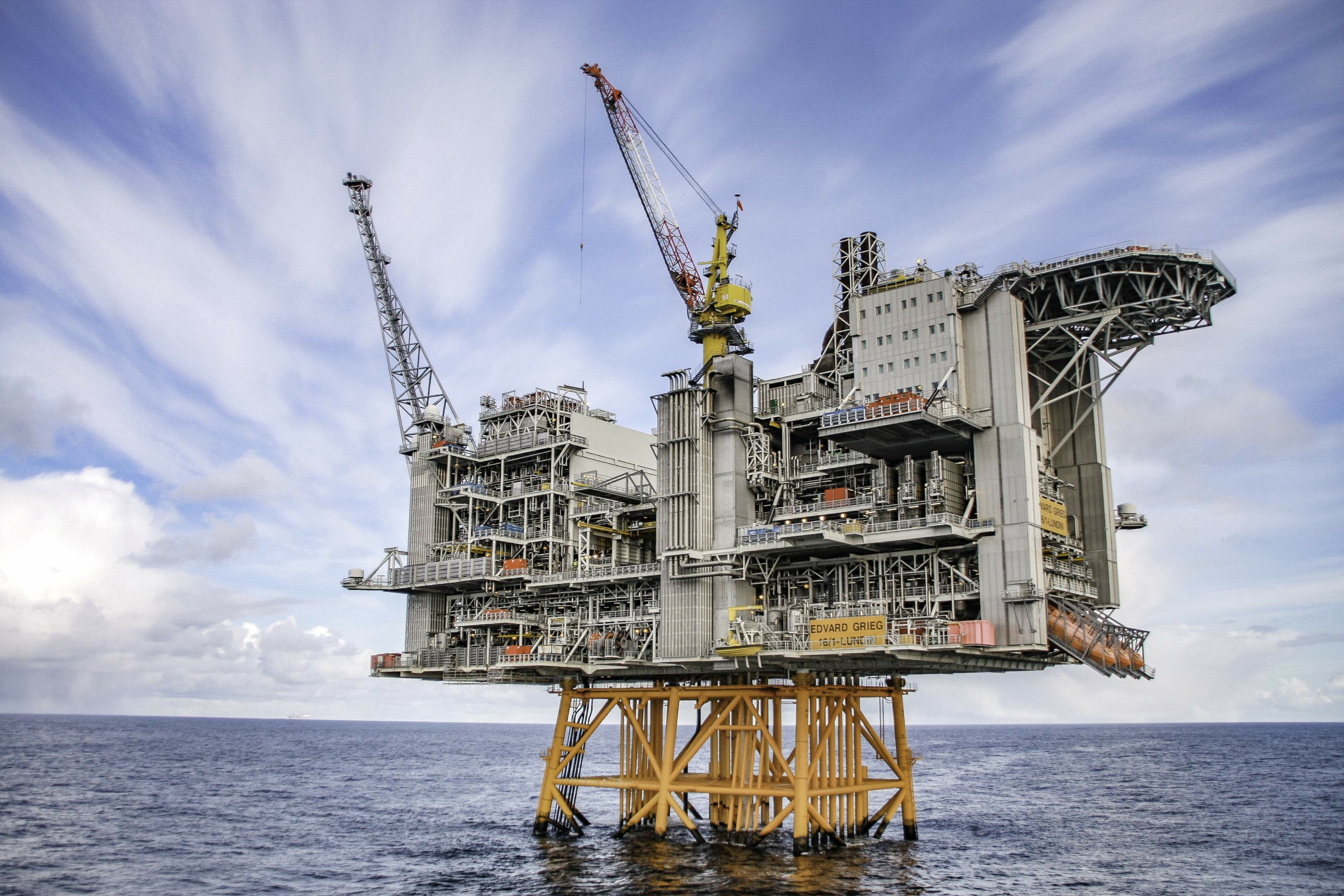Edvard Grieg
The first oil and gas was produced from the Edvard Grieg field in November 2015. Since then, the platform and operations personnel on board have ensured very high operational regularity and high production.
The total P2 reserves for Edvard Grieg are currently estimated at 379 million barrels of oil equivalent, compared with the 186 million estimated when the plan for development and operation (PDO) was approved. In simple terms, the increases are due to two factors. The reservoir on Edvard Grieg has proven to contain more oil than we initially presumed, and the understanding of the reservoir has continued to improve. Technology such as 4D seismic has allowed the Edvard Grieg team to continually update the reservoir model and drainage strategy.
Edvard Grieg is located about 10 kilometres from the Ivar Aasen field and receives oil and gas from Ivar Aasen for final processing and export.
As early as the drawing board stage, Edvard Grieg was planned as a field centre with the capacity to be a host platform for new fields in the vicinity. Today Edvard Grieg is host platform for the Solveig field. Phase 2 of the Solveig development is currently in the construction phase. That is also the case for the Troldhaugen and Symra developments. Troldhaugen will be a tie-in to Edvard Grieg while Symra will be tied back to Ivar Aasen. Oil and gas is transported from Ivar Aasen to Edvard Grieg for final processing.
Edvard Grieg receives power from shore through the area solution for the Utsira High. Hence, Edvard Grieg is producing with very low CO2 emissions.
Edvard Grieg’s exceptional reservoirs continue to deliver. Resource estimates have doubled since the development plan was submitted.
